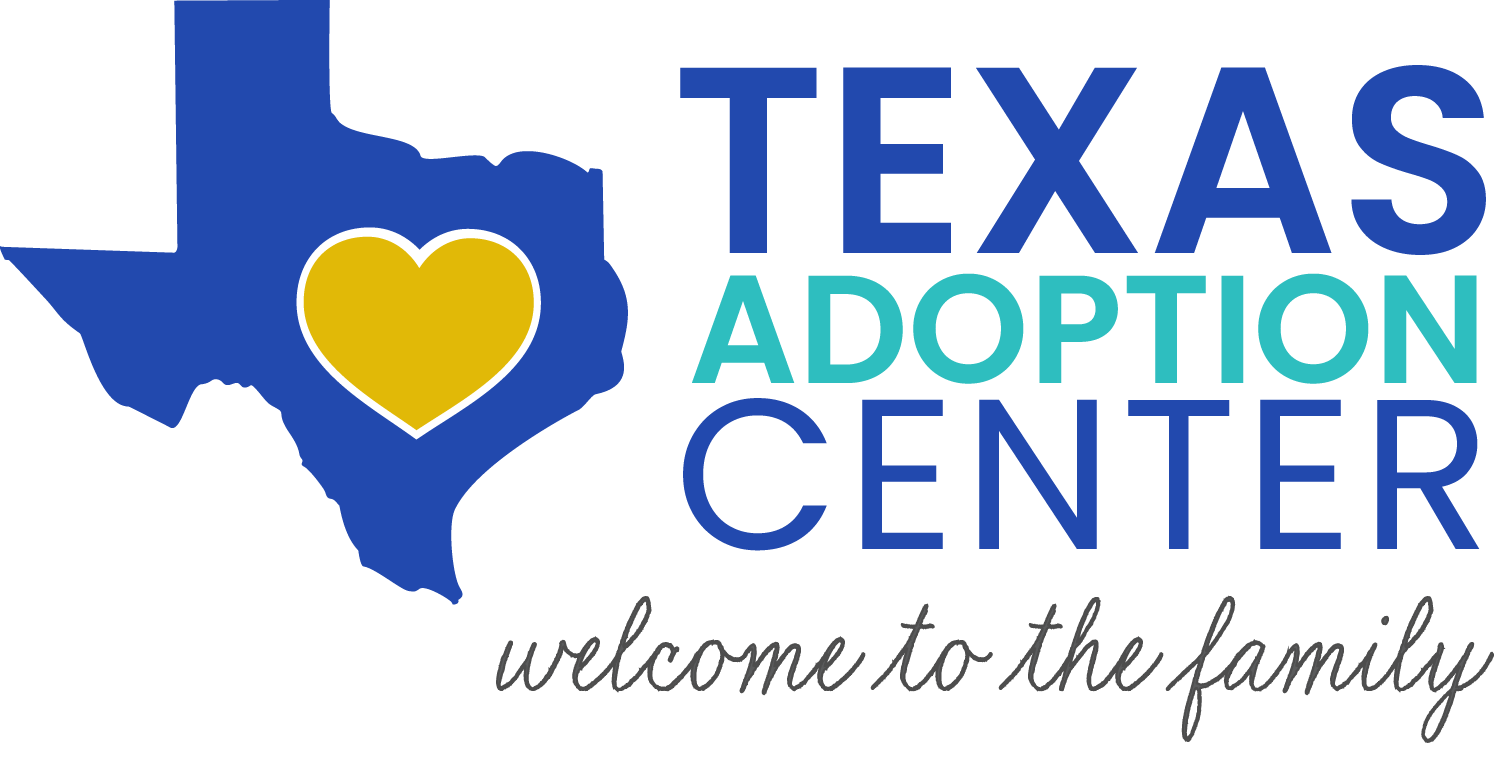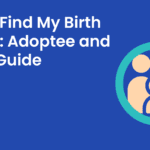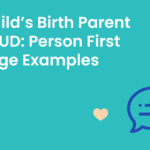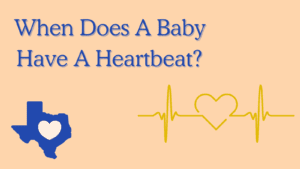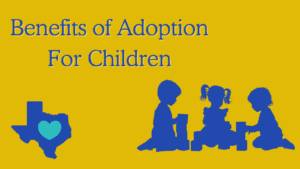
Pregnancy is a life-changing experience that affects every aspect of a woman’s body, mind, and emotions. For women considering or who have chosen adoption, understanding the physical and emotional changes that come with pregnancy is crucial.
This article will delve into the permanent and temporary changes your body may experience and offer insights and tips to help you navigate this journey.
Physical Changes
Pregnancy brings about many physical changes, some of which may be permanent. Let’s explore the key areas where your body might undergo significant transformation.
C-section Scar
A Cesarean section, or C-section, is a common surgical procedure to deliver a baby, particularly when a vaginal delivery might pose risks to the birth mother or child. While it is a safe and effective method, it does leave a permanent scar on the lower abdomen. This scar, often called a “bikini scar,” is usually about 4 to 6 inches long and located just above the pubic hairline.
The initial scar can be scary, but the appearance of a C-section scar will fade and become less noticeable over time. The initial redness and swelling will diminish, and the scar will gradually blend in with your skin tone. To help reduce the appearance of a C-section scar, you can use treatments such as retinol creams, which promote skin renewal by encouraging the turnover of skin cells.
Retinols are widely considered the best method of diminishing scars, but using the following techniques will help, as well.
- Moisture: Keeping the scar moisturized with creams and oils can help improve its texture and flexibility.
- Silicone: Silicone gel sheets or silicone-based creams are also effective in flattening and softening scar tissue.
- Protection: Physically protecting the scar from the sun is crucial, as sun exposure can darken the scar and make it more noticeable.
- SPF: Using sunscreen with a high SPF when outdoors and unclothed can also prevent scar darkening.
Use these techniques in combination with retinol for 18 months after giving birth for best results.
Baby Weight
Gaining weight during pregnancy is natural and necessary for the baby’s development. This weight includes the baby’s weight, the placenta, amniotic fluid, increased blood volume, and additional fat stores that provide energy for breastfeeding and recovery after childbirth. Most of this extra weight will gradually go away on its own after childbirth, especially in the first six weeks as your body sheds excess fluid and your uterus shrinks back to its pre-pregnancy size.
However, some weight might linger, and you can work it off through a balanced diet and regular exercise. It’s important to focus on gradual weight loss and healthy eating rather than quick fixes. Incorporating a variety of nutrient-dense foods, such as fruits, vegetables, lean proteins, and whole grains, can support your recovery and energy levels.
Engaging in regular physical activity, like walking, postpartum yoga, or low-impact aerobic exercises, can help you regain your strength and shed the extra pounds. It’s essential to get your doctor’s approval before starting any exercise routine, especially if you had a C-section or other complications during delivery.
Stretch Marks
Stretch marks are a common concern for many pregnant women. These marks occur when the skin stretches rapidly, which happens during pregnancy due to the growing baby and increased body size. They often appear as streaks of red, purple, or white on the abdomen, breasts, hips, and thighs.
While stretch marks may be permanent, their appearance can diminish over time. Initially, they may appear dark and raised, but they tend to fade and become less noticeable, blending in with your natural skin tone. Using retinol creams and other skincare products can help reduce their visibility. Retinol promotes collagen production, which can improve the skin’s elasticity and texture.
Hydrating your skin with lotions and oils can also improve its elasticity and overall appearance. Products containing cocoa butter, shea butter, or vitamin E are often recommended for moisturizing and nourishing the skin. Consistent application of these products can help maintain skin hydration and minimize the appearance of stretch marks.
In addition to topical treatments, maintaining a healthy lifestyle with a balanced diet and regular exercise can support your skin’s health. Staying hydrated by drinking plenty of water and eating foods rich in vitamins and minerals, such as fruits and vegetables, can enhance your skin’s ability to repair and regenerate.
Hormonal Changes
The hormonal changes during and after pregnancy can have significant effects on your mood and overall well-being. Understanding these changes can help you prepare and manage them better.
Postpartum Mood Disorders
After childbirth, the levels of estrogen and progesterone in your body drop significantly, which can lead to postpartum mood disorders, such as postpartum depression and/or anxiety. This type of depression/anxiety is more intense and longer-lasting than the “baby blues,” which many women experience in the first few days after delivery. Postpartum mood disorders are common and affect many mothers, often starting within the first few weeks after childbirth but can occur anytime within the first year.
Symptoms can include:
- persistent sadness,
- anxiety,
- fatigue,
- irritability,
- changes in appetite or sleep patterns,
- feelings of guilt,
- and, in severe cases, thoughts of harming yourself.
It’s important to seek help from a healthcare provider if you experience any of these symptoms. Treatment options may include therapy, medication, or support groups, and early intervention can significantly improve your quality of life and your ability to move on.
Mental Changes
The mental and emotional changes that come with pregnancy are profound. These can be especially relevant for birth mothers who choose adoption.
A Birth Mother’s Journey
Even when choosing not to parent a child, a birth mother may experience worry or concern for the child’s future. This is completely normal and a part of the emotional process. Open adoption can be a helpful solution, allowing birth mothers to receive updates and maintain contact with the adoptive family.
This connection can provide reassurance and a sense of peace, knowing that the child is thriving in a loving environment.
Answering: Will My Hair and Nails Change After Pregnancy?
Yes, your hair and nails can undergo significant changes during pregnancy due to hormonal shifts in your body. After pregnancy, these changes usually revert and your nails and hair go back to normal.
Here’s what you can expect during pregnancy and how to manage these changes:
Hair Changes
During pregnancy, many women experience thicker, fuller hair. This is largely due to increased levels of estrogen, which prolongs the growth phase of hair, resulting in less shedding. However, after childbirth, estrogen levels drop sharply, which can lead to a condition known as postpartum hair loss or shedding. This usually occurs around three to six months after giving birth.
While postpartum hair loss can be concerning, it is almost always temporary. Your hair growth cycle should normalize within six to twelve months after delivery. To manage this transition:
- Maintain a healthy diet: Eating a balanced diet rich in vitamins and minerals, such as iron, zinc, and vitamins A, C, D, and E, can support hair health.
- Gentle hair care: Avoid excessive brushing, heat styling, and harsh chemical treatments. Use a mild shampoo and conditioner to minimize breakage.
- Supplements: Consider taking prenatal vitamins or supplements specifically designed for postpartum women, but always consult with your healthcare provider before starting any new supplement.
Nail Changes
Pregnancy can also affect your nails, often making them grow faster and sometimes become stronger due to increased blood circulation and hormonal changes. However, some women may experience the opposite, with their nails becoming more brittle and prone to breakage.
After pregnancy, as hormone levels stabilize, your nails may return to their pre-pregnancy state. To keep your nails healthy during this period:
- Hydration: Keep your nails and cuticles moisturized with lotions or oils to prevent dryness and brittleness.
- Proper care: Trim your nails regularly and avoid using harsh nail products that can weaken them.
- Dietary support: Ensure you’re getting enough nutrients, particularly biotin, iron, and protein, which are essential for nail health.
Answering: Will My Body Ever Be The Same After Pregnancy?
The short answer is yes, your body can return to a state of normalcy after pregnancy. While there may be some permanent changes, such as a faint C-section scar or subtle stretch marks, these do not define your overall health and well-being. The human body is incredibly resilient, and with time, care, and patience, you can regain your strength and shape.
It’s important to be kind to yourself and recognize that these changes are part of the incredible journey of bringing a new life into the world. Here are some insights to help you understand what to expect and how to care for your body post-pregnancy:
Patience and Self-Care
Give yourself time to heal and recover. It’s normal to feel eager to return to your pre-pregnancy body, but rushing the process can be counterproductive. Focus on self-care practices that promote healing, such as gentle exercise, balanced nutrition, and adequate rest. Listen to your body and prioritize your well-being.
Every woman’s body responds differently to pregnancy and childbirth, and comparing yourself to others can lead to unnecessary stress. Celebrate small milestones and improvements, and understand that gradual progress is perfectly normal.
Emotional Well-Being
Your emotional well-being is just as important as your physical recovery. Pregnancy and childbirth can bring about a wide range of emotions, and it’s important to acknowledge and address them. Engaging in activities that bring you joy, connecting with supportive friends and family, and considering counseling or support groups can help you navigate this transition.
Long-Term Health
Focusing on long-term health rather than quick fixes can lead to more sustainable and satisfying outcomes. Incorporate healthy habits into your daily routine, such as regular physical activity, a nutritious diet, and mindful practices. These habits not only aid in physical recovery but also contribute to overall well-being and resilience.
Professional Guidance
Consider seeking guidance from healthcare professionals, such as doctors, physical therapists, or postpartum specialists. They can provide personalized advice and support tailored to your specific needs. Whether it’s managing a C-section scar, addressing lingering baby weight, or navigating hormonal changes, professional help can make a significant difference.
Remember, your body has accomplished something truly amazing, and it deserves all the care and appreciation in the world.
Texas Adoption Center is Here to Help
Navigating pregnancy and postpartum healing can be challenging, especially for women considering or choosing adoption. At Texas Adoption Center, we are here to support you every step of the way. Our compassionate team offers guidance, resources, and emotional support to help you make the best decisions for you and your baby. Whether you need help with the adoption process, emotional support, or information about postpartum recovery, we are here for you.
For more information and to speak with a caring professional, contact Texas Adoption Center today. Your journey is unique, and we are here to support you every step of the way.
